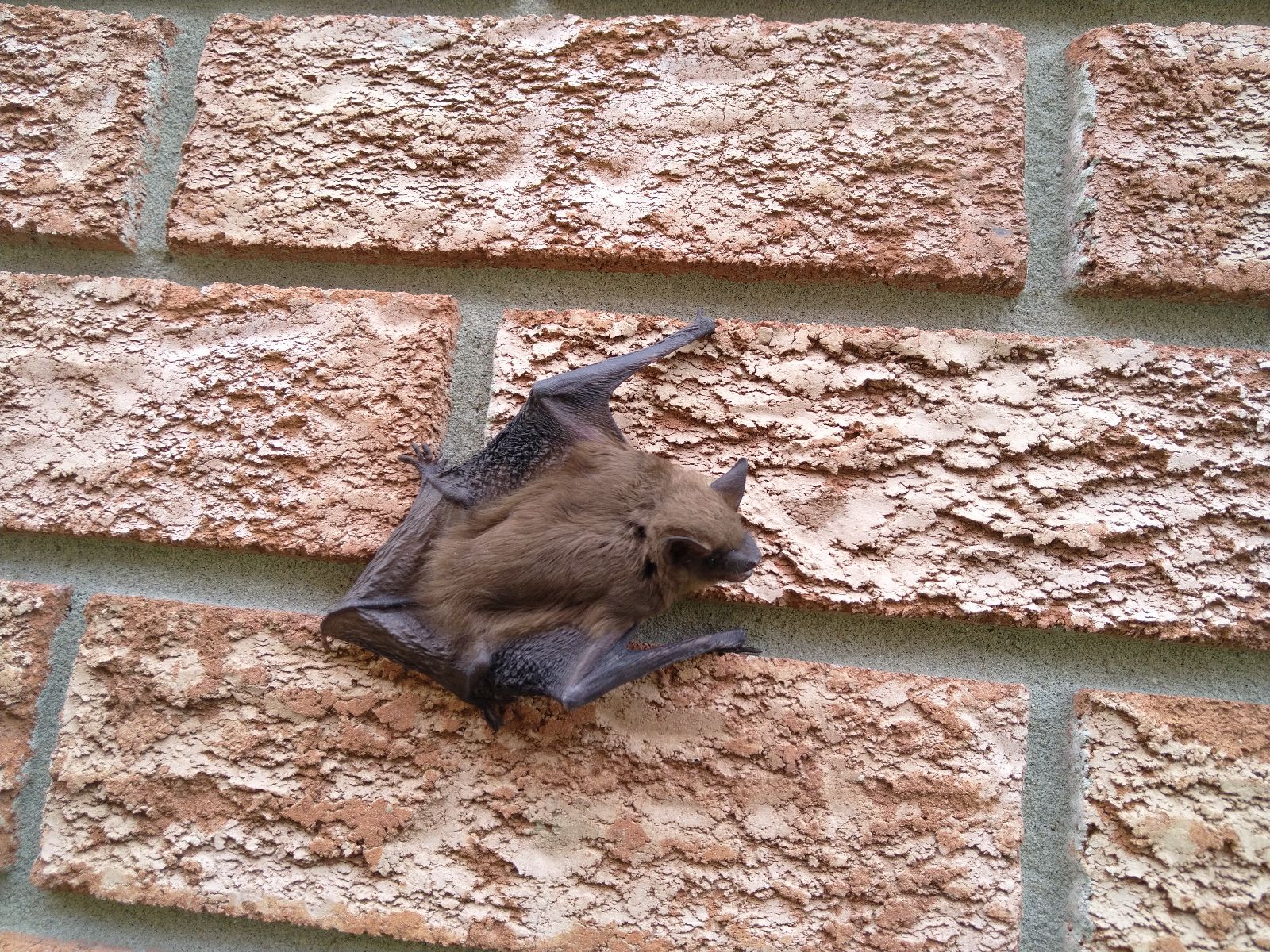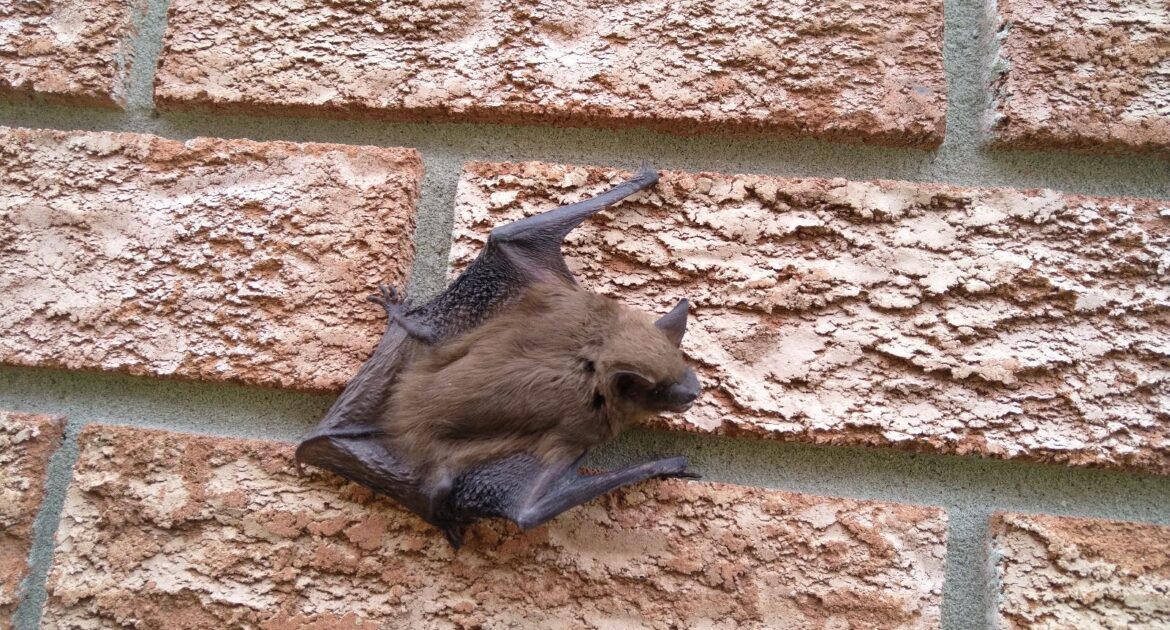Of all the animals that can take up residence inside your home, bats are some of the least conspicuous. While being quiet and unobtrusive is usually a positive quality in a houseguest, the downside is that bat families can grow to a substantial size without you realizing it.
Continue reading to learn how a single baby bat on a home led one of our Skedaddle technicians in Fort Erie, Anton, to discover an entire colony inside the attic.
Assessing the Situation
It was mid-summer when Skedaddle technician Anton Sayer responded to a call for bat removal in Fort Erie. The homeowners reported hearing scratching noises in their attic, as well as some chirping sounds. At this time of year, bats will sometimes wake from their daily slumber if the temperature is too warm for them. They will then move down wall cavities in search of cooler air, making scratching and flapping noises as they go.
When Anton arrived, he inspected the outside of the home to determine where bats might be entering. As he looked around, he was surprised to discover a baby bat clinging to the side of the house with its tiny claws. It had apparently gotten lost, because it could not fly and was too young to be on its own.
Anton gently placed the baby bat in a box for safekeeping while he went in search of the bat’s mother. He discovered a colony of bats in the attic that was much bigger than the homeowner had suspected. Anton knew the mother bat would resume caring for her baby once it returned to the attic, so he slipped it inside the soffit where it could crawl back to its colony.
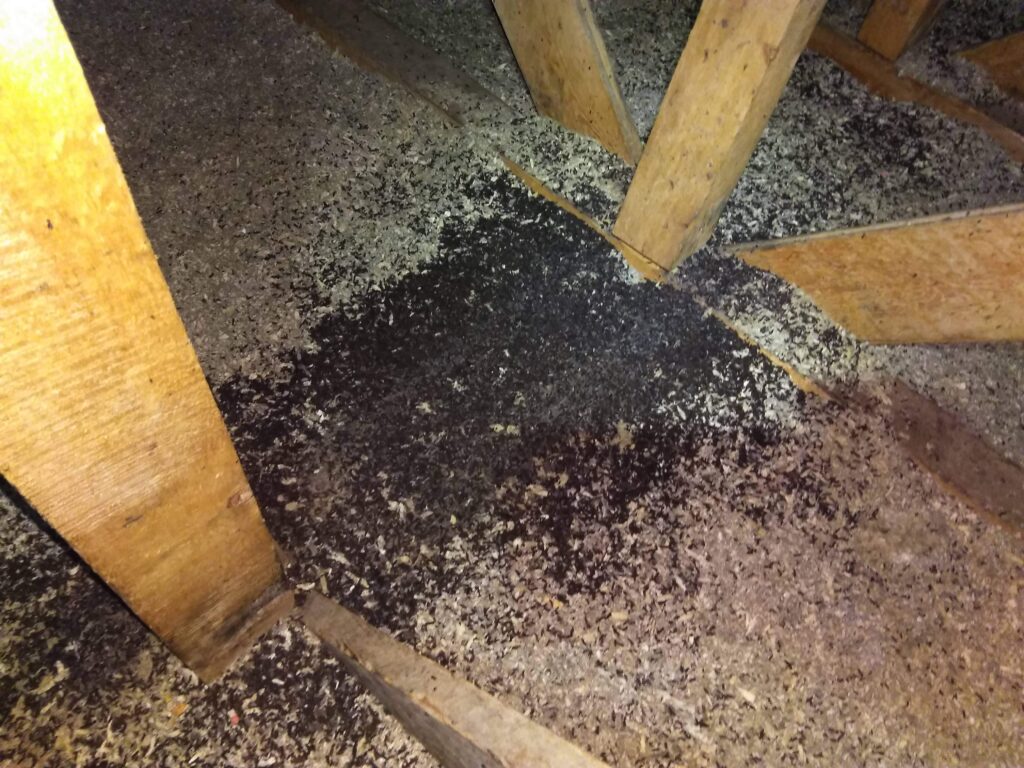
Bat Colonies Must Stay Together During Summertime
The colony probably began living in the Fort Erie home sometime in May. This is when bat breeding season gets underway and females search out a suitable location to form a maternal colony. Historically, bats would choose a cave or hollow tree. In human neighbourhoods, however, they often make their way into attics.
Baby bats are born in late May, and may have additional siblings later in the summer. Like all mammals, bat babies are helpless and need lots of care. Their mothers leave their roost to hunt for insects at night and return frequently to feed them. Amazingly, a mother can recognize her own baby bat in a colony surrounded by hundreds of other babies.
Anton knew it would be detrimental to disturb the bats at this vulnerable time in their lives, so he did not take any further action. He simply sealed the cracks and gaps that the bats were not currently using to enter and exit the attic, but that might pose a problem later. Bats can squeeze into a hole the size of a quarter, so finding all the openings required an experienced eye.
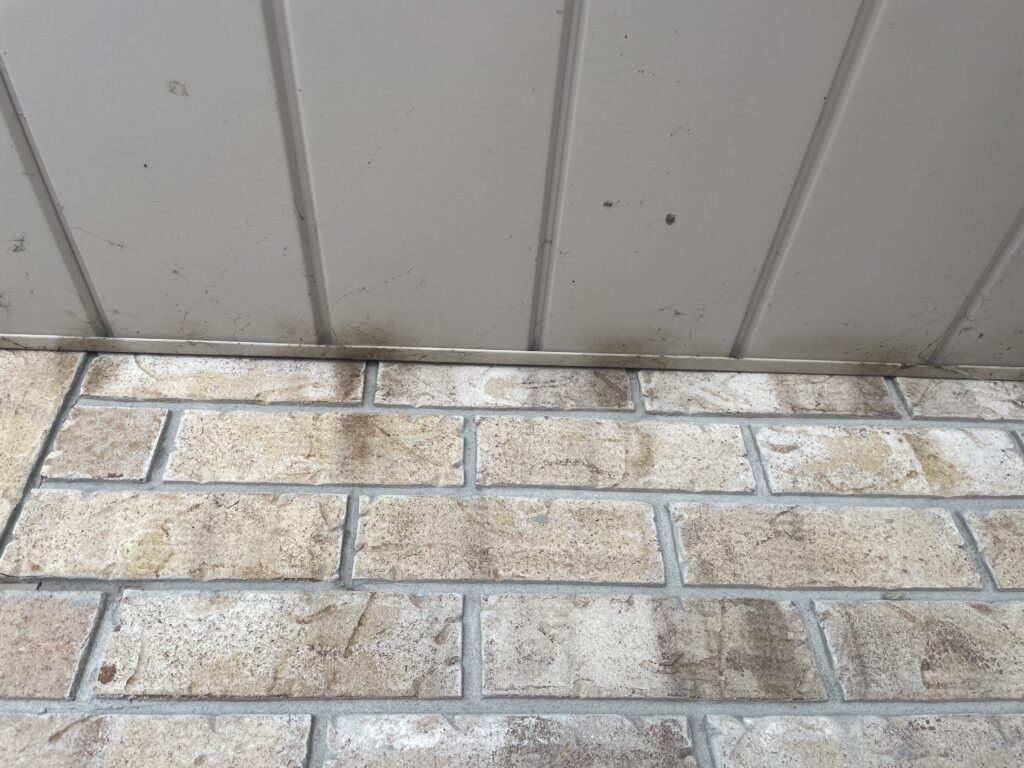
Bat Infestations Require Professional Help
Besides wanting to treat the animals humanely, Anton knew that bat colony removal during summer was against the law. The Fish and Wildlife Conservation Act only allows people to remove bats at certain times of year that do not interfere with either their breeding or hibernation seasons.
In Ontario, early fall is the season when a baby bat is old enough to fly with the adults and the weather is still too warm for the colony to settle down to hibernate. For this reason, the law allows people to remove bats from their homes between late August and late September.
The Fort Erie homeowners did the right thing when they called in professionals to deal with their bat problem. Because regulations concerning wildlife are so strict, trying to handle the situation on their own might have resulted in their unintentionally breaking the law. They might also have harmed the bats or themselves in the process.
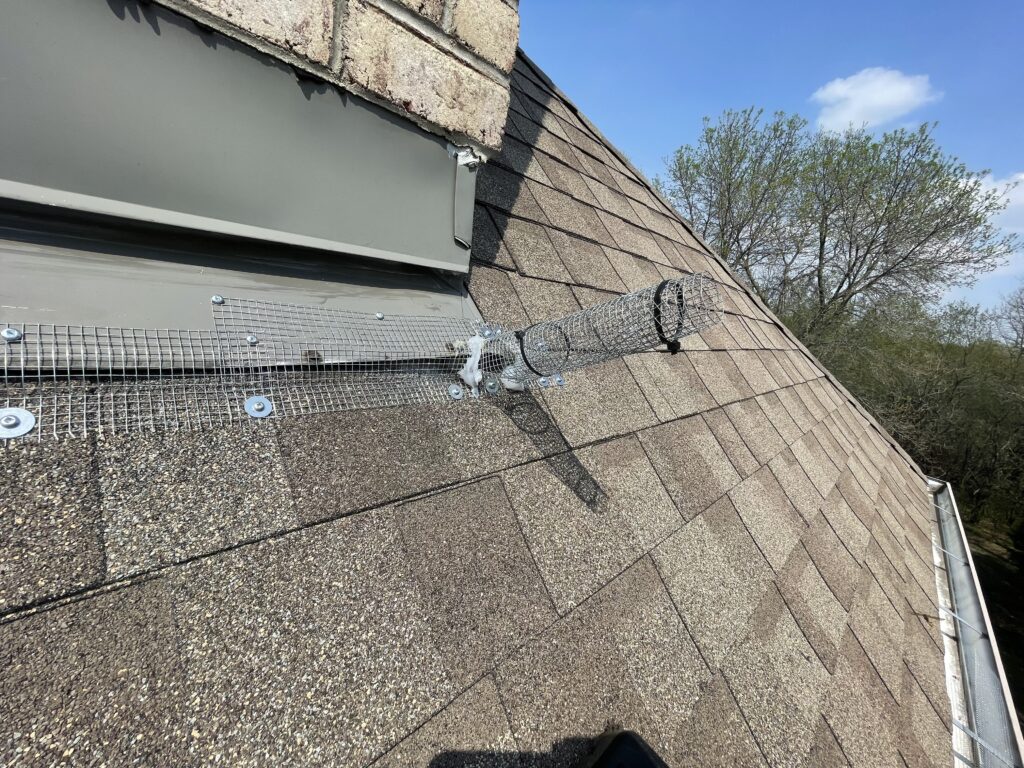
Skedaddle Will Remove the Baby Bat and Its Colony
In August, Anton will return to the home with other Skedaddle technicians. They will install one-way doors on the bats’ main entry points. Then, once the bats leave to forage, they will not be able to return. The colony will have time to find a new roost before winter, and the homeowners can go back to living without hundreds of bats in their attics.
The final step for Anton will be to clean up the substantial piles of bat droppings the colony left behind. Skedaddle Humane Wildlife Control offers a lifetime guarantee on their bat removal services and will always be ready should you face any future bat infestation.
If you find a baby bat on your property, it probably means there are more living in your attic. Don’t risk touching young bats or trying to get rid of a colony on your own. Contact Skedaddle today for your bat removal needs.
